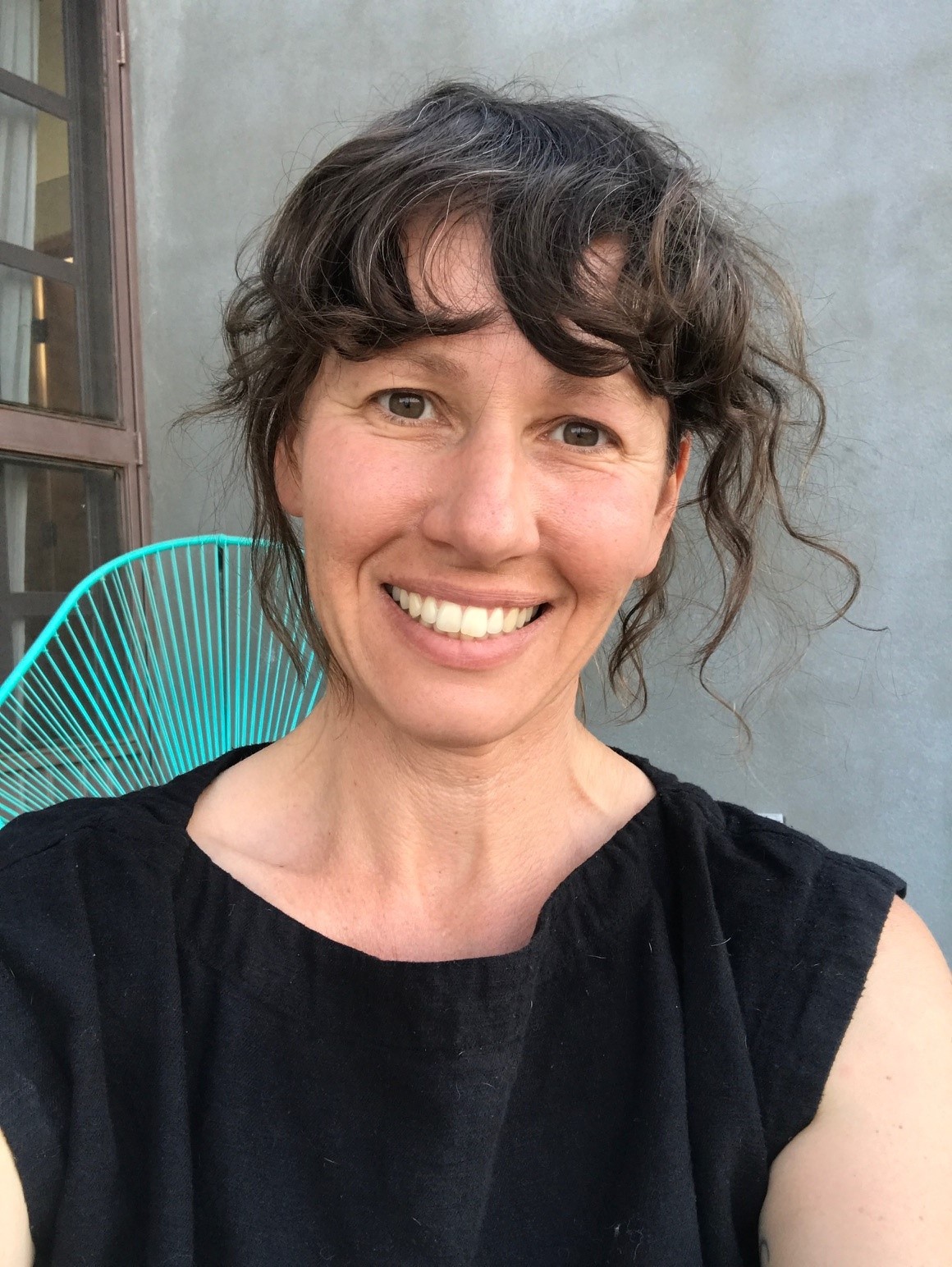Class: Buddhist Path | Current Meditation Posts

Lama Atisa Dipankara lived originally of the eleventh century. Born in Bengal, the Buddhist grasp is well-known for his work on the Vikramashila monastery in India and for reforming Buddhism in Tibet, the place he spent the ultimate years of his life.
A Buddhist Grasp’s Journey to Enlightenment
Lama Atisha was born in India within the late tenth century. Given the identify Chandragarbha at start, he was the center little one of three sons born to King Kalyana the Good and Queen Prabhavati the Radiant. At a really younger age, Atisha demonstrated excessive intelligence and a sophisticated understanding of the dharma. As a result of auspicious indicators on the time of his start in addition to his distinctive mind, his dad and mom anticipated him to grow to be king.
On the age of 11 years previous, nevertheless, the evening earlier than his wedding ceremony, the Bodhisattva Tara appeared to Atisha in a dream. She reminded him of his useful karma, the results of many earlier lifetimes of devoted Buddhist follow. With such karma, Atisha had nice potential to profit others by additional learning and educating the dharma. Atisha understood that if he had been to get married, he would danger changing into connected to royal life and losing the valuable alternative earlier than him. And so, he undertook the journey from India to Sumatra and ultimately Tibet in quest of final bodhicitta and enlightenment.
Atisha’s Early Research
Atisha studied in India below a number of nice masters on the Vikramashila monastery. Accounts say he obtained the teachings on taking refuge, bodhicitta, and the knowledge of vacancy from greater than 150 grasp academics. Following a imaginative and prescient on the age of 29, he turned a monk and took on the identify Dipamkara Srijñana.
Sooner or later, the voice of Tara got here to him once more, within the type of a whispered dialog between two statues the place he was making choices. One requested, “To realize enlightenment as shortly as potential, what do you have to prepare in?” The response? “Prepare in kindness, compassion and bodhicitta.”
Thus, Atisha set out once more. This time, to discover a trainer who might prepare him in probably the most profound bodhicitta teachings. This grasp was Suvarnadvipi Dharmakirti of Sumatra, creator of The Wheel of Sharp Weapons and the potential originator of Lojong Thoughts Coaching. And so, Atisha spent over 1 yr at sea, touring from India to Sumatra to seek out this grasp. As soon as he arrived, he spent 12 years learning and working towards. It’s stated that he realized final bodhicitta right here, below the steerage of Suvarnadvipi.
Atisha then returned to India, the place he was appointed the abbot of Vikramashila monastery and continued to follow and train.
The Purification Of Buddhism In Tibet
Though Buddhism had been launched to Tibet within the seventh century, by the point of Atisha, it had grow to be watered down with misunderstandings, mistranslations and inconsistencies. So, almost 200 years after Buddhism turned the official faith of Tibet, King Yeshe O determined one thing wanted to be executed to assist make clear the teachings.
A critical practitioner, Yeshe O despatched out a search get together to carry a grasp to Tibet who can be of nice profit by clarifying how one is to follow in coaching the thoughts. After many challenges, a bunch of monks lastly arrived at Vikramashila to make this request of Atisha. Upon consulting Tara, it was clear. Atisha would profit the best variety of beings by touring to Tibet to finish the king’s request.
In Tibet, Atisha fulfilled the king’s request by organizing the whole lot of Buddhist teachings into his best work, the Bodhipathapradīpa, The Lamp For The Path To Enlightenment. This extraordinary masterpiece, which might grow to be the muse for all Tibetan lojong thoughts coaching teachings, presents a graduated path to enlightenment for practitioners of any of the three ranges of motivation. Each college of Tibetan Buddhism immediately incorporates the thoughts coaching strategy to follow.
After three years in Tibet, Atisha despatched a request to Vikramashila, asking to remain. He despatched a duplicate of The Lamp For The Path To Enlightenment as a part of his communication. Recognizing the profound nature of the work, the abbot on the time, Ratnakarashanti, permitted Atisha to remain. Atisha remained in Tibet educating for 17 extra years, till the tip of his life.










Discussion about this post